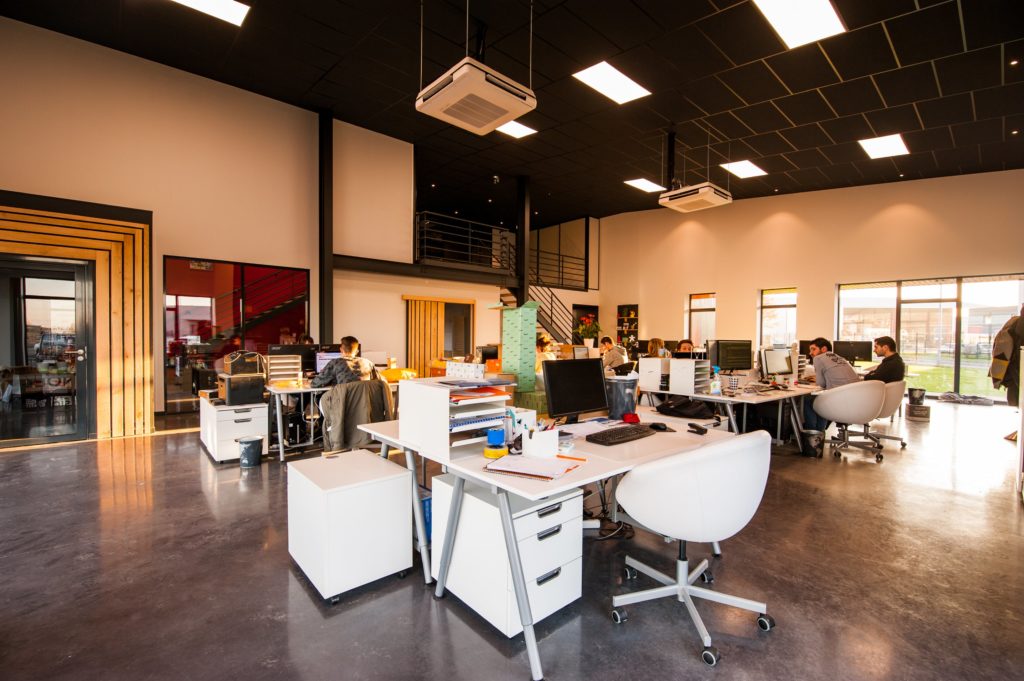Traditional working hours are slowly becoming a distant memory.
The demand for flexible working around the globe has more than doubled over the last 10 years. In the UK for example, a research study into workplaces found that of all employees surveyed, 63% already work flexibly in some way. This is in part due to the new generation of workers entering the workforce. It’s also due to various technological advances.
In this piece, we’ll highlight the different types of flexible working options and delve into how technology has made this possible. To show you some of the best tips on managing your flexible workers efficiently we’ve teamed up with Peninsula.

What is flexible working?
It can mean different things to different people, but in general terms, it’s a way of working that’s made to fit the needs of your employees. Simply put, flexible working is anything that’s not the traditional 9 to 5 working hours pattern.
Its popularity is due to the various business and employee advantages it provides.
Advantages for employees include:
- Savings on the cost of commuting.
- Increased productivity, focus and creativity.
- A healthy work-life balance.
- Reduced sickness days due to work-related stress, depression and anxiety.
Advantages for businesses include:
- The increase in productivity works both ways.
- A decline in the cost of working space, utilities, etc.
- Boosts morale.
- Reduce absenteeism and employee turnover.
- Enhances your company image as one that values a healthy work-life balance.
Various arrangements can be considered flexible, examples include:
- Compressed hours.
- Shift working.
- Time off in Lieu (TOIL)
- Annualised hours.
- Staggered hours.
- Changes from full-time to part-time work.
- Changing part-time hours.
- Arranging working hours around school pickups and other dependent-related activities.

Flexible working and technology
No matter what industry you’re in or what your business is, from marketing agencies to human resources consultants and everything in between, technology would have played a part in developing or transforming it.
As well as opening businesses up to a wider audience range, these technological advances also made it possible to improve speed, agility and adaptability.
The most significant update for employees is the change to traditional working hours. Gone are the days when you required your staff to be physically present in the workplace for a set amount of hours. Today, advances in technology have made it so we can work from anywhere in the world, blurring the lines between working hours and personal time.
Many businesses are now shifting their organisational structure to one that accounts for a more flexible team-based approach. Research from the Royal Society for the encouragement of Arts, Manufactures and Commerce (RSA) shows that three in four workplaces now provide employees with options to vary their working hours and place.
A major deterrent for workplaces unwilling to accommodate for flexible working is the cost associated with technology. However, as the cost of technology that makes flexible working possible (cloud-based services, time tracking software, employee attendance tracker, communication tools etc.) continue to decline, more employers are expected make this option available for their employees.

Tips for managing flexible workers
An understandable concern for employers considering flexible working is their ability to manage these workers. While this doesn’t have to be too complicated, it does present a new set of challenges that employers need to overcome. Below we’ve highlight five tips to help manage your flexible workers effectively.
Planning: Before agreeing to any requests for flexible working, it’s important to do your homework. You’ll need to consider requests on an individual basis as roles and tasks differ. Evaluate your company needs and think about how it’ll be affected by working flexibly. You should also consider health and safety issues that might arise and address them accordingly.
Policies: Once you have a plan, you should then create a flexible working policy detailing the conditions for accepting flexible working requests. For example, include wording regarding email response times, using the equipment, logging working hours, communicating with on-site employees, etc.
Training: You’ll need to train your staff for flexible working. Provide them with clear instructions on what’s expected of them. Consider training on time management, productivity, self-reliance, etc. Remote-how, for example, provides leading training for managers of distributed teams. You can check it out here!
Tools: Take advantage of the advances and embrace technology to make working easier and more efficient. There’re tools for communication, collaboration and more. Below we’ve highlighted some common tools to get you started.
Examples of tools and equipment for home working include:
- Communication tools: Google hangout, Slack, Hive, Skype, Workplace by Facebook, etc.
- Time tracking tools: Jira, Acello, TFS, Toggl, Desktime, etc.
- Employee absence tools: Hubstaff, BrightHR absence management, TimeOff management, etc.
- Collaboration tools: Google docs, Dropbox, Trello, etc.

Conclusion
By following the steps above, you’ll simplify the process of managing your flexi-workers. Their productivity, the quality of their work and working schedule.
It’s worth noting, you should ensure that you’re fair when it comes to accepting a flexible working request. If you do decline any requests, you should be able to show a good business reason for doing so. With a detailed flexible working policy, you’ll avoid claims of discrimination or unfair treatment from your staff.

